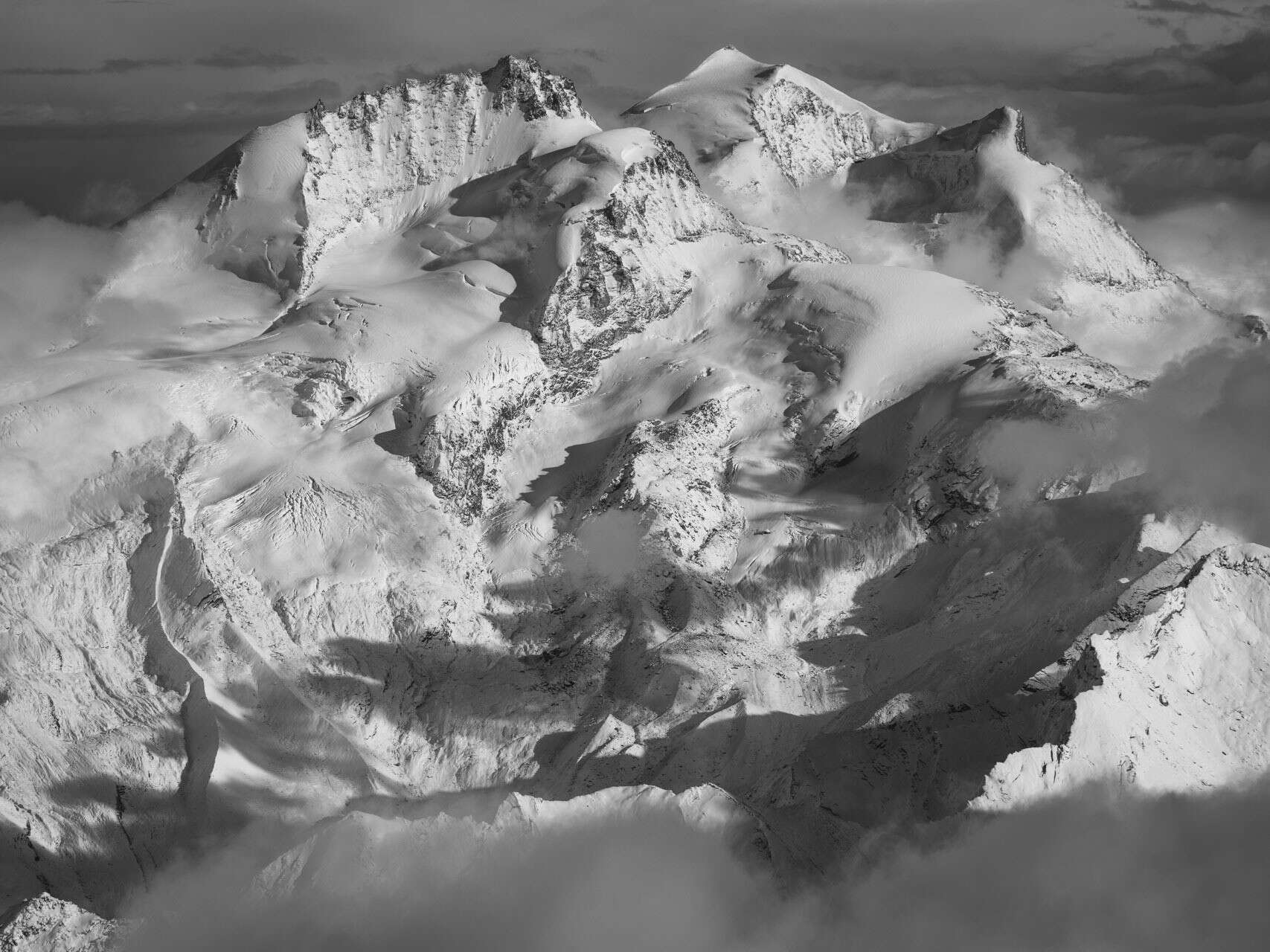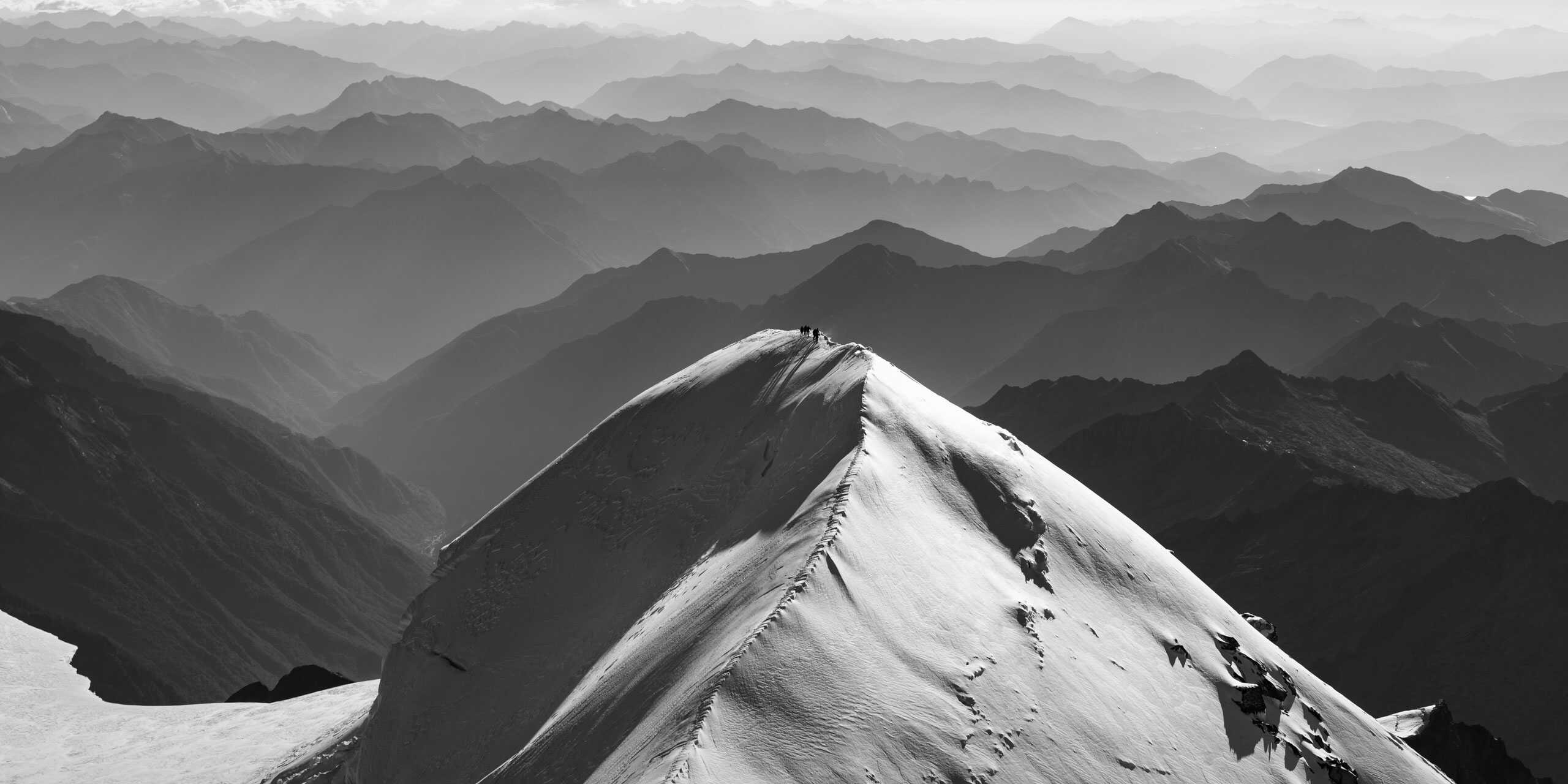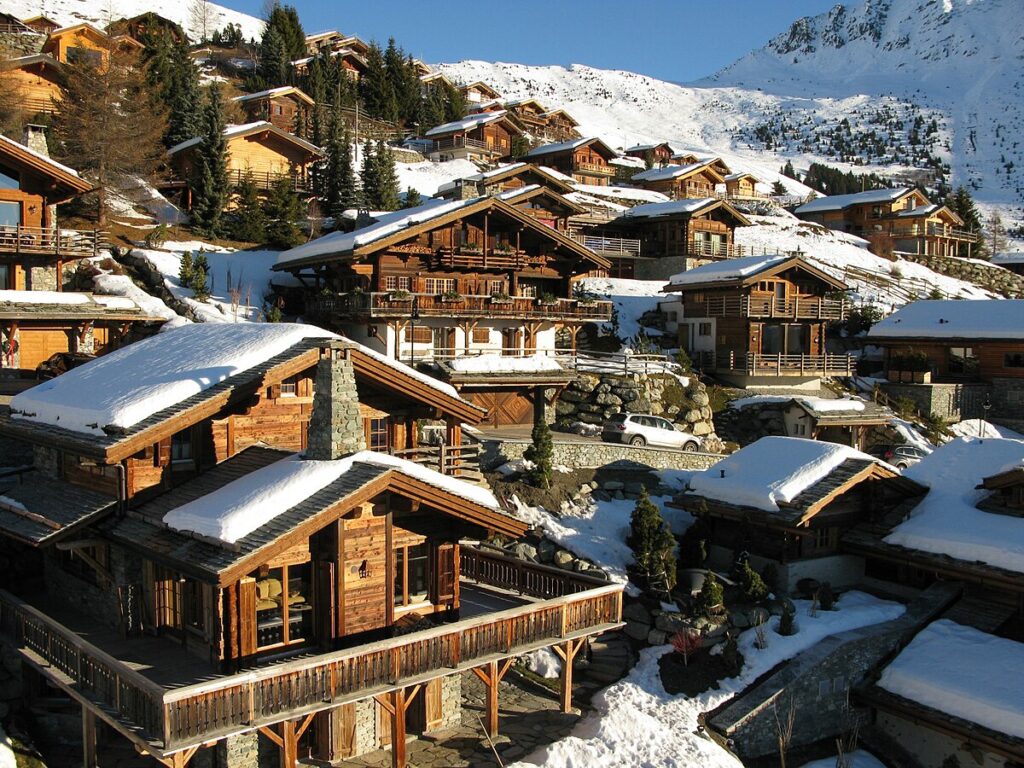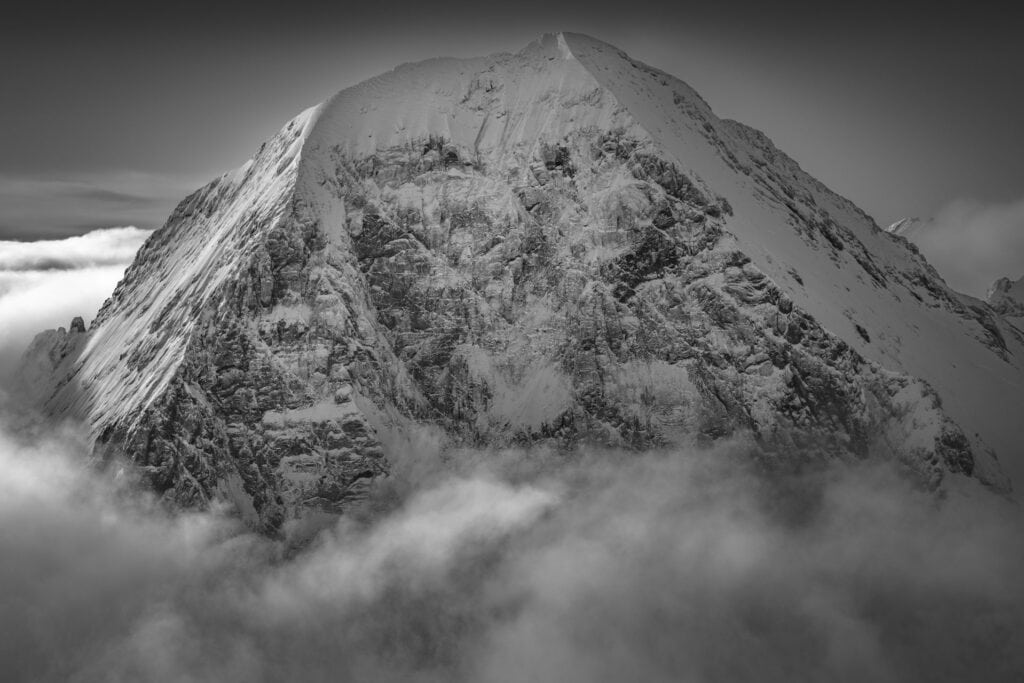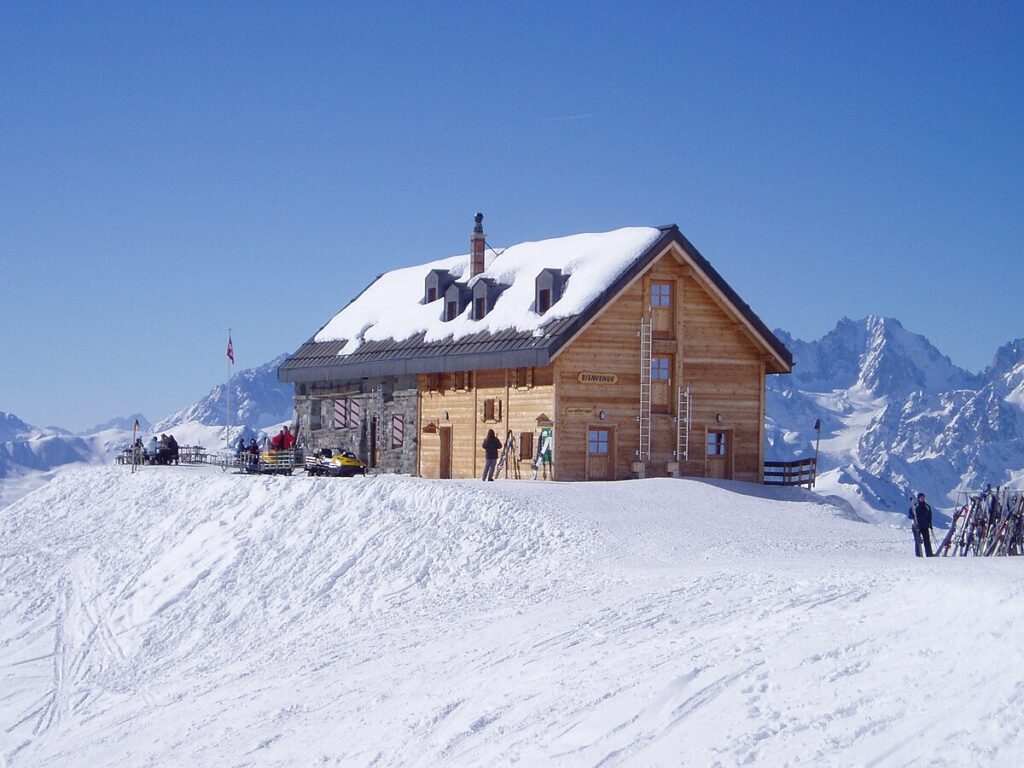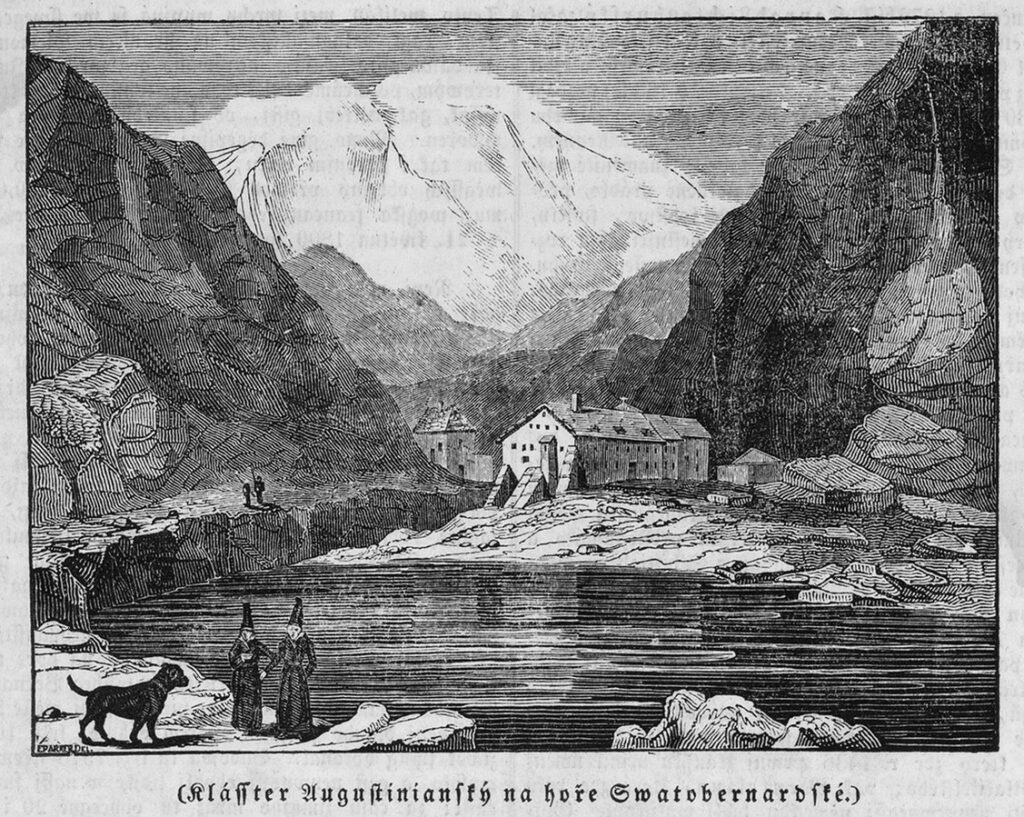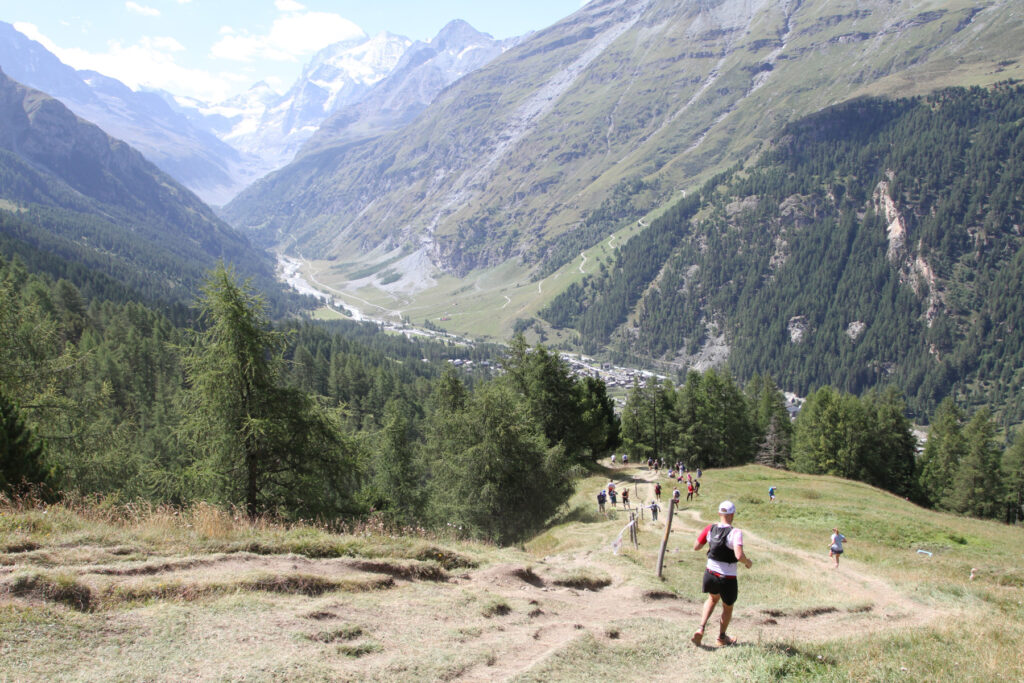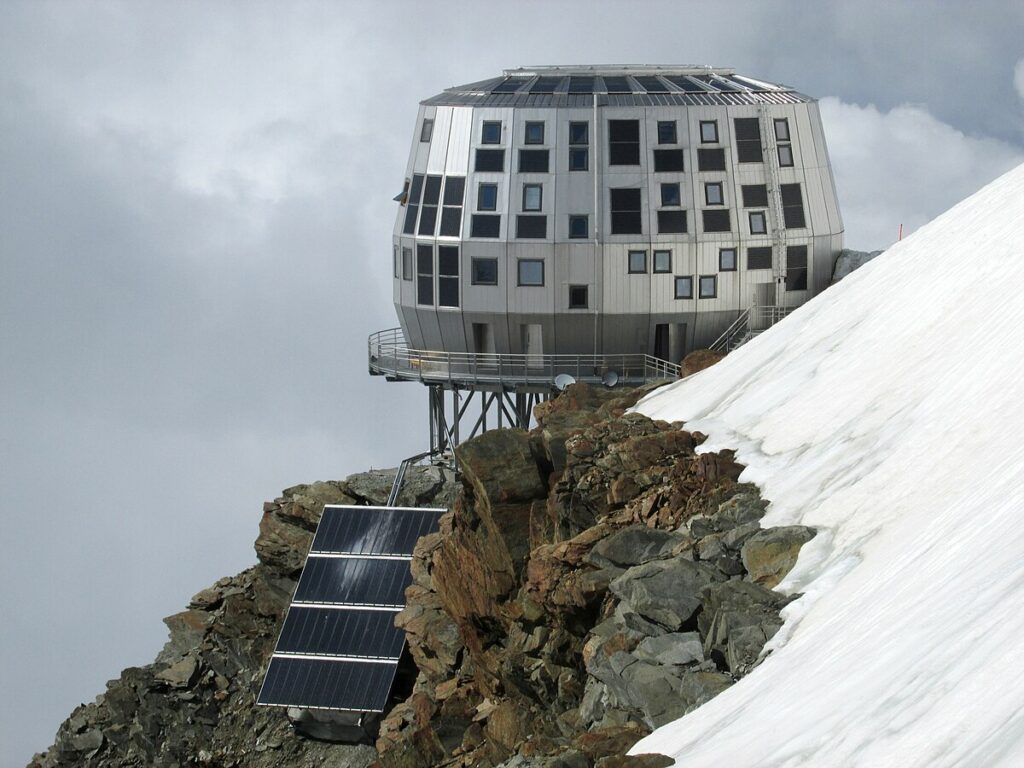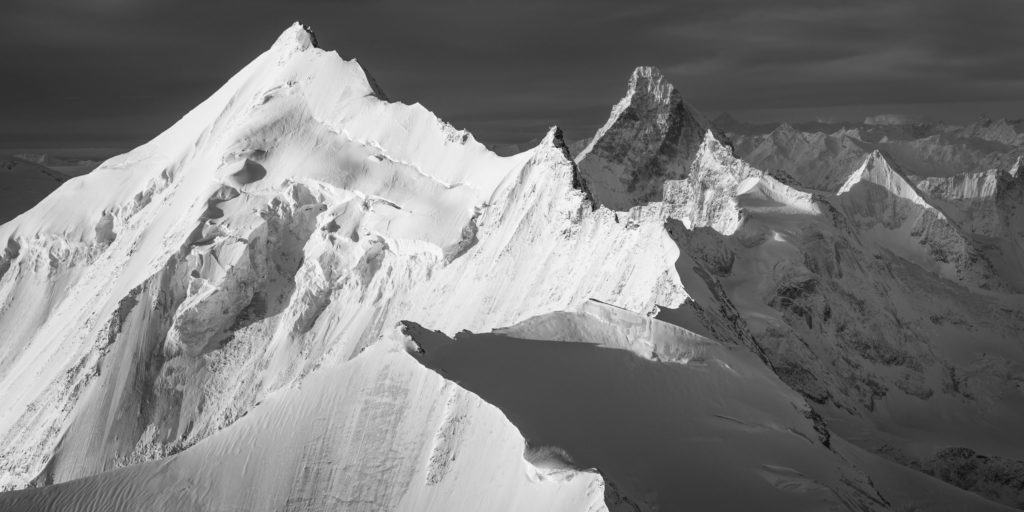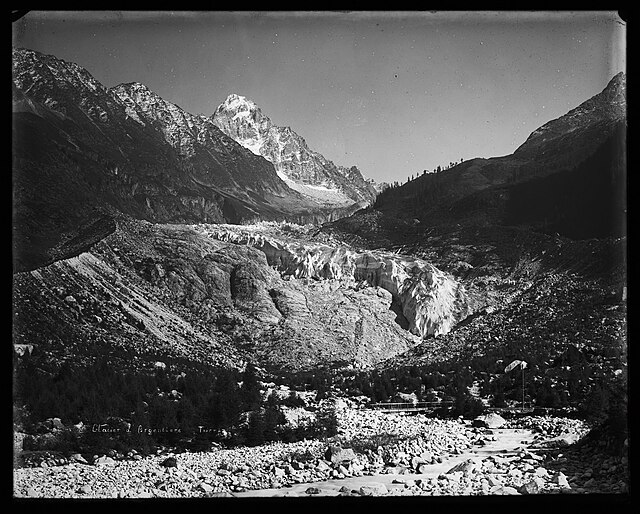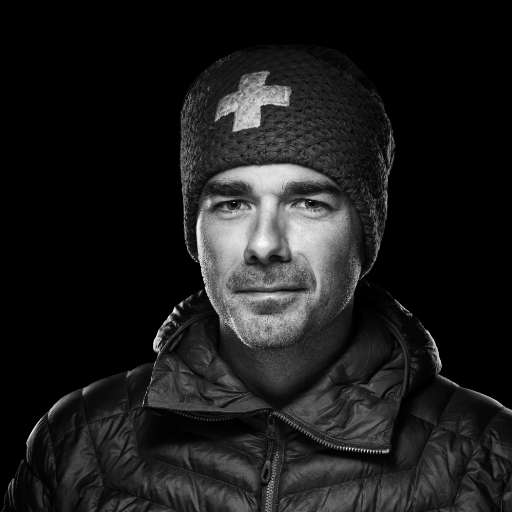Resisting the onslaught of ravaging winds, life finds its way to the highest summits. From a wisp of earth between the rocks, it makes its way. Under a scorching sun or freezing cold, it adapts to the constraints of a hostile nature. It may be discreet, but it persists, vigorous, inventive and always daring. Let's set off together to discover alpine flora, the fascinating treasure of the high mountains.
Discovering alpine flora: From montane to subalpine levels
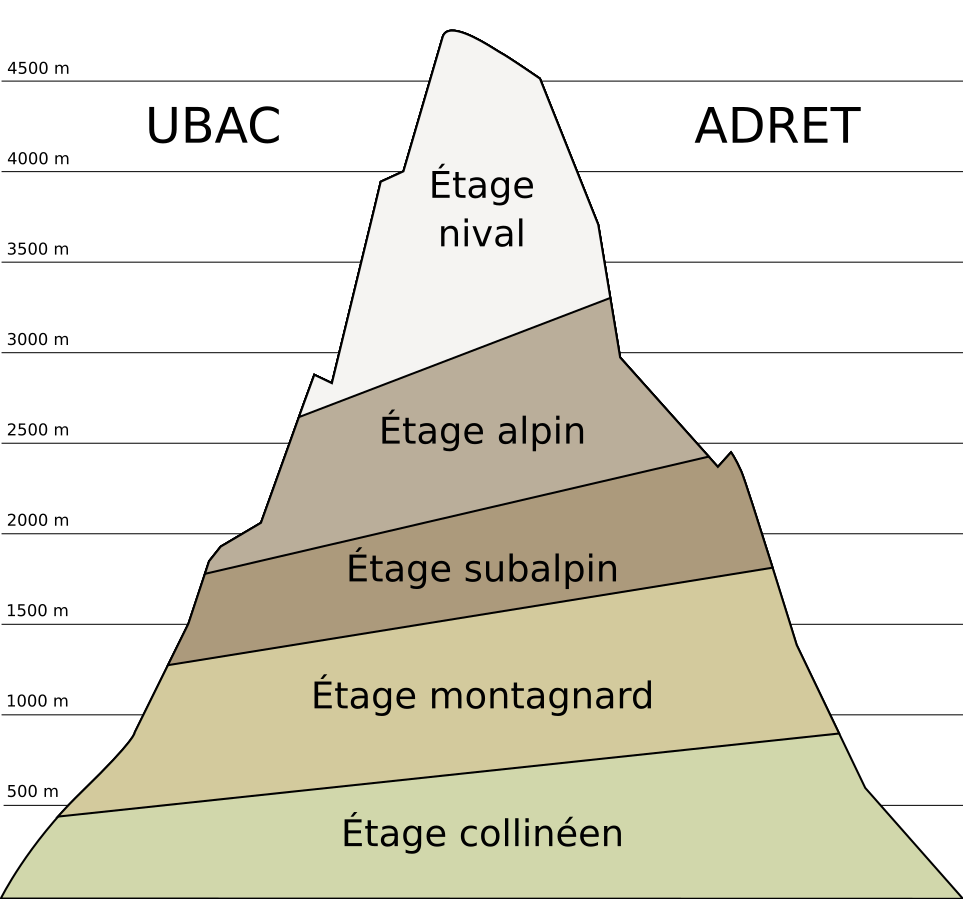
From verdant valleys to snow-capped peaks, the Alps are home to exceptional biodiversity. Each ecological niche is home to a unique flora. The result is a mosaic of a thousand colors. As the seasons go by, the mountains are adorned in a dazzling dress of dancing reflections. A floral paradise on the edge of heaven. And in the composition of this landscape, altitude plays an essential role. The higher you go, the more extreme the climatic conditions. Whether mild or polar, temperatures influence the plant cover of the Alpine summits .
On rock faces, ecosystems are divided into five successive levels, defined by altitude, exposure to the sun and geographical location. Let's leave the Pre-Alps and move on to the central Alps. At altitudes of up to 800 m on the ubac (north) and 1000 m on the adret (south), the hilly zone is home to a rich and varied flora. In the heart of the Alpine valleys and foothills, deciduous forests and flowering meadows punctuate a landscape shaped by man. And if the green of the meadows seems to be adorned with gold, it's undoubtedly the home of arnica flowers or yellow gentians.
The montane level extends slightly higher, up to 1400 m in the north and 1800 m on south-facing slopes. This is the area of forests, beech and fir stands. A realm where deciduous trees mingle with evergreens. Ferns and mosses carpet the undergrowth and, when spring comes, daffodils and crocuses add color to the landscape. The ideal habitat for alpine fauna.
In the subalpine zone, vegetation becomes sparser. Forests are rare up to 2100 m on north-facing slopes and 2500 m on south-facing slopes. Only trees with needles - larches, firs or spruces - manage to adapt to the more intense cold and rocky soil. Lakes and rocks sculpt this landscape of flower-filled pastures. The first edelweiss can already be seen here.
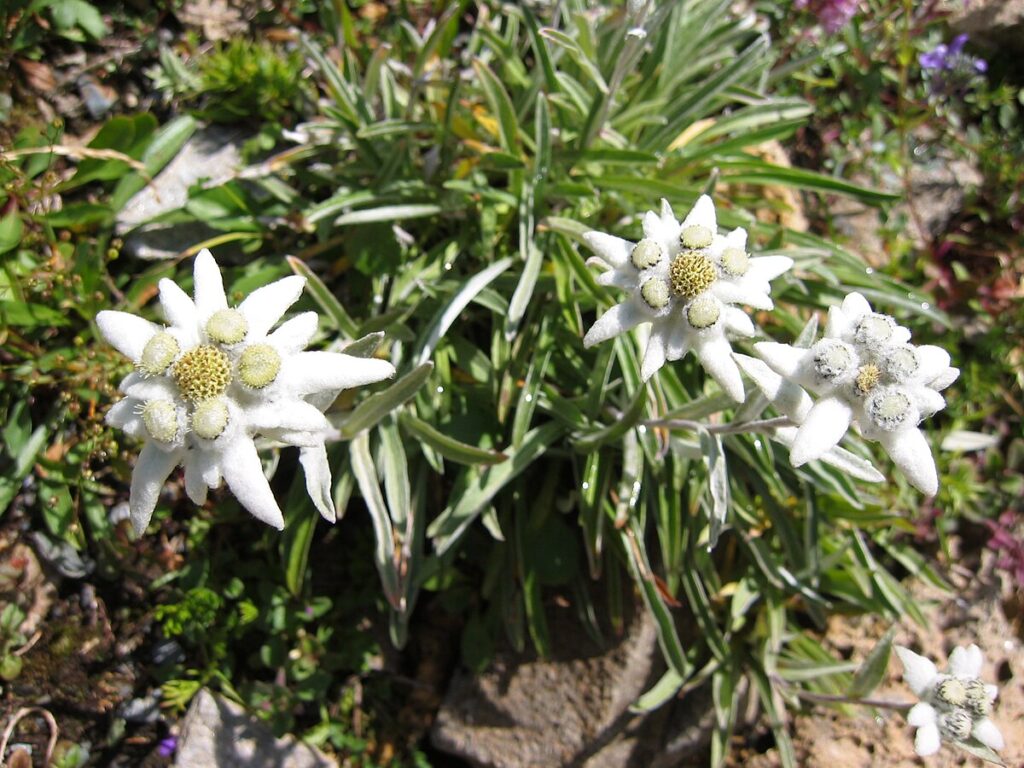
High mountain vegetation: Alpine stage
In the alpine zone, the landscape undergoes a metamorphosis. From one world to another, we suddenly enter the realm of high mountains. Between 2000 and 3000 m altitude, nature pushes back the limits of life on Earth. It resists, takes root and draws strength from the slightest breath. Because nothing is impossible for those who believe. Over the millennia, Alpine flora has adapted to extreme conditions. Yet the elements are united against these intrepid plants. The sun's rays are virulent, the winds icy and untamable. Poor soils give way. But the flora persists, whatever the cost. On the steep slopes of the Alpine summits , it waits patiently for the snow to melt. Fragile, unchanging dabs of color flood the sky with the most beautiful of spectacles. All it takes is a break to nourish hope.
Replacing forests, alpine grasslands provide the mountains with a dense plant cover of species acclimatized to the harshness of their environment. In a final burst, nature sings out its vivacity before resigning itself to seeing the mountain become scree, rock and snow-combes. On a limestone substratum, the gentians, astragalus and helianthemums characteristic of Alpine flora rub shoulders with blue sesleria, firm or ferruginous sedge and purplish fescue, depending on whether the soil is dry or damp. On a siliceous substrate, the typical Alpine flora is complemented by variable and spadix fescue, bent sedge, dotted and alpine gentian and iron rhododendron.
Alpine flora in the kingdom of eternal snows: The nival stage
The higher you go, the harsher and more inhospitable the mountains become. From the alpine zone, we reach the nival zone, the undisputed domain of eternal snow. At altitudes of over 3,000 m, life is no longer welcome. And only the hardiest plants manage to survive. In a cleft between two rocks. At this altitude, the nature of the soil plays an essential role in the distribution of plant species. On the limestone rock, Swiss androsace spreads its white flowers. It grows alongside starry cottongrass and tomentose dock. On siliceous rock, Vandelli's androsace, mountain or spider's web houseleek and several species of saxifrage cling more readily.
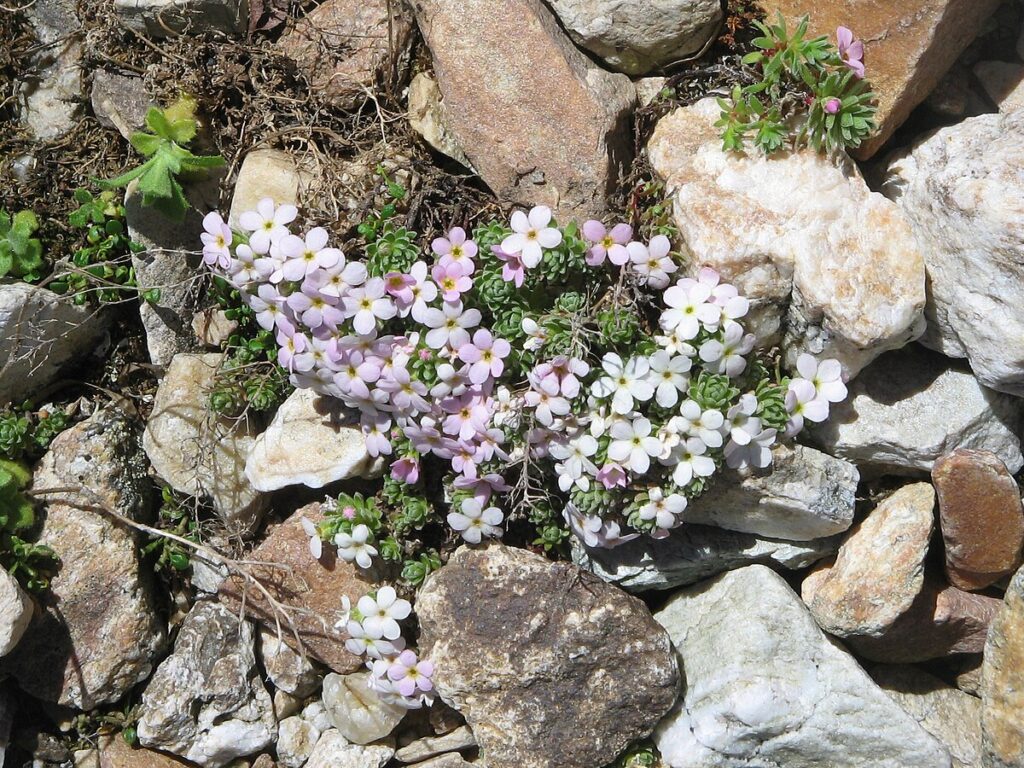
Nature struggles to overcome its sorrows, but the mountain continues its quest for heights. It rises above 4000 m. In this mineral universe where ice and snow unite with sky, the flora of the Alps brings light from a tiny crack. The result is a true miracle. Like a promise out of nothing. Imagine your emotion if, at the summit the Finsteraarhorn, after hours of climbing, you come face to face with glacier buttercups! Fragile little flowers, yet so valiant that they stand shoulder to shoulder with the giants. At an altitude of over 4200 m, nature proves that survival comes from adaptation.
Alpine flora: Adaptation of vegetation to extreme conditions
But what's so unique about this Alpine flora that seems to stand up to all the trials and tribulations? How do these fascinating plants manage to flourish in such a hostile environment? Only the most ingenious can triumph over the laws of nature. Vegetation that stops at nothing, capable of evolving its morphology to better resist extreme conditions. At high altitudes, alpine flora develops :
- Short stems:
To limit their exposure to wind and frost, high-altitude plants are dwarfed or creeping. Opposite-leaved saxifrage is one of the first to flower in spring. Its violet flowers are resistant to night frosts, and it grows low to the ground.
- Leaves in pads:
Alpine plants often adopt a dense structure with cushion or rosette-shaped leaves. While protecting themselves from wind and frost, they retain heat on the ground and prevent the water in their leaves from evaporating. This particular anatomy enables them to enjoy a relatively mild microclimate. Androsaces, saxifrages and houseleeks all make use of this clever technique.
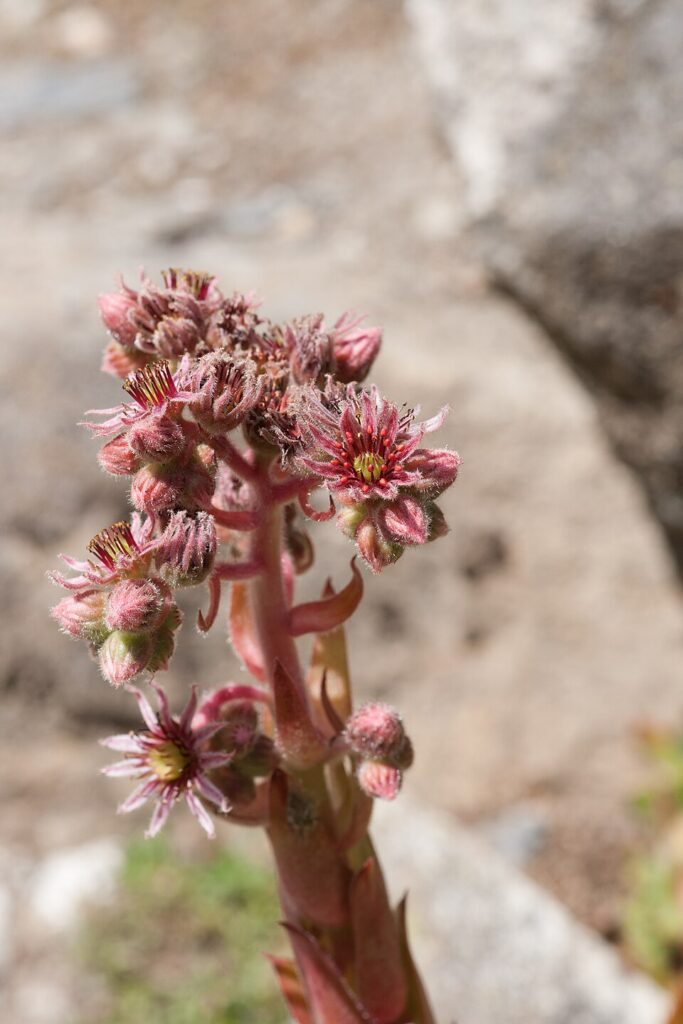
- Hairy leaves:
Some alpine plant species wrap their leaves in thick down to protect them from heat and cold. This protects them from dehydration and intense ultra-violet rays. Some plants even clothe themselves entirely in a downy mantle to better withstand the harshness of the weather. And we're thinking, of course, of that queen flower, the famous edelweiss, emblem of the Alps, star of the glaciers. Its white hair acts as armor in the face of adversity.
- Deep or branched roots:
Constantly confronted with rockfall and the instability of rocky slopes, alpine flora develops a Powerful root system. Campanulas and saxifrages anchor themselves in the soil with their deep roots. They attach themselves to the little earth they can find between the rocks and draw their water from the cracks. Other flowers, such as the dwarf crepid or the distichous-leaved triset, crawl to anchor their roots to the rocky substrate. Their rhizome branches ensure faster regeneration in the event of a landslide. By hugging the mountain's asperities and colonizing its arid crevices, they make the most of their limited resources.
- Subterfuge for better survival:
High mountain flowers only have a few weeks to reproduce. Barely enough time to bloom, and the snow is already covering them. So they cunningly survive. They adapt their lifespan, their reproduction cycle and their flowering rhythm to the severe constraints of their environment. A world where insects are scarce and snowy winds sweep away everything in their path. Alpine flora finds its own way to flourish in the heart of a desert of rock and ice. The glacier buttercup, for example, spreads its flowering over several seasons, while the autumn buds of the iron rhododendron, which already contain all their flowers, are waiting for just one thing: to be the first to bloom as soon as the snow melts.

A high-mountain treasure essential to Alpine identity
Mountain flora plays an essential role in maintaining the balance of Alpine ecosystems. By helping to stabilize soils, they prevent erosion. The diversity of species present from the valleys to the highest summits ensures the maintenance of the food chain and the survival of local fauna. Whether insects, mammals or birds, flora at every level contributes to the richness of Alpine biodiversity.
Some species that are endemic or characteristic of the Alps are even an integral part of their identity. The eastern Alps, for example, are home to several species of primrose found nowhere else. In the western Alps - in Savoy, Valais and the BerneseOberland - we see more frequently than elsewhere Rostan's gentian, Alpine, incised and Mont Cenis bellflowers, Micheli's raipon, glacier genepi and white-leaved adenostyle. Mountain flora is the beauty of the Alps and its landscapes. It's up to us to preserve it, as a tribute to the vigor with which it exists.
Alpine flora: Preserving a fragile and precious ecosystem
Alpine flora is suffering from human activity and environmental change. How can we protect this unique ecosystem from threats to its future? How can we protect it from the effects of climate change? Glaciers are retreating, vegetation levels are shifting to higher altitudes, and non-native plants are appearing that are better adapted to warmer temperatures. And how can we mitigate the impact of the ever-growing human presence on alpine flora?
The opening of national parks and nature reserves helps to preserve Alpine ecosystems. Regular monitoring of species also enables us to assess the impact of climate change on Alpine vegetation. Educating the public and raising their awareness of environmental issues is also essential, as is promoting responsible tourism aimed at limiting man's impact on the Alpine environment. The Alps are home to exceptional vegetation that is as fragile as it is fascinating. It's up to us to look after it, so that it continues to shine in the Alpine sky for a long time to come.
This discovery of alpine flora, a priceless treasure of the high mountains, sounds like a return to basics. A primordial struggle to win the right to live. A burst of beauty that defies rocks, gusts of wind and snow to destroy it. The alliance of strength and lightness. A rare resilience, and the certainty that anything is possible. The Alps are a marvellous landscape, and the more I contemplate these lofty summits, the happier I am to devote my art to them.

